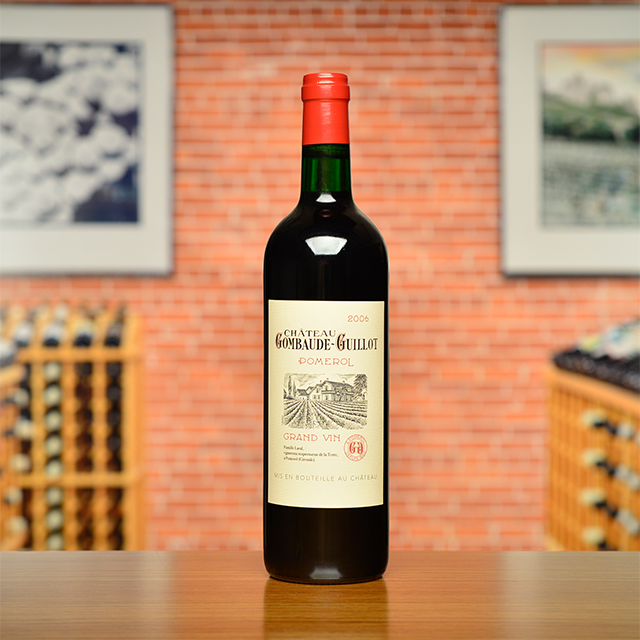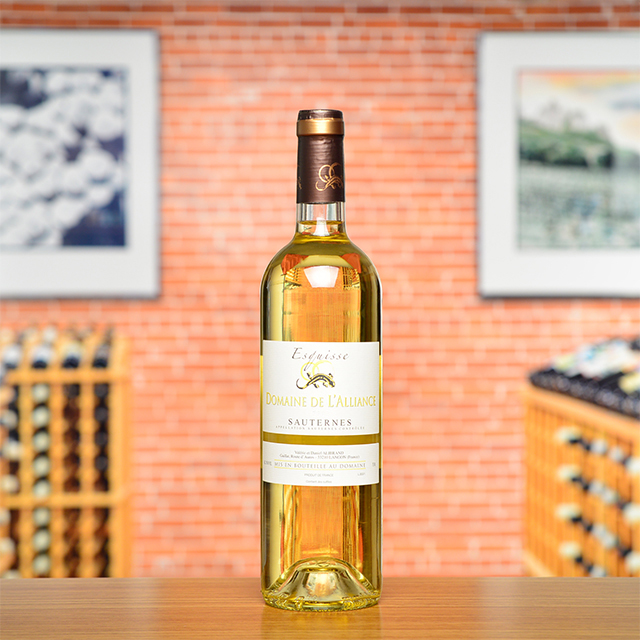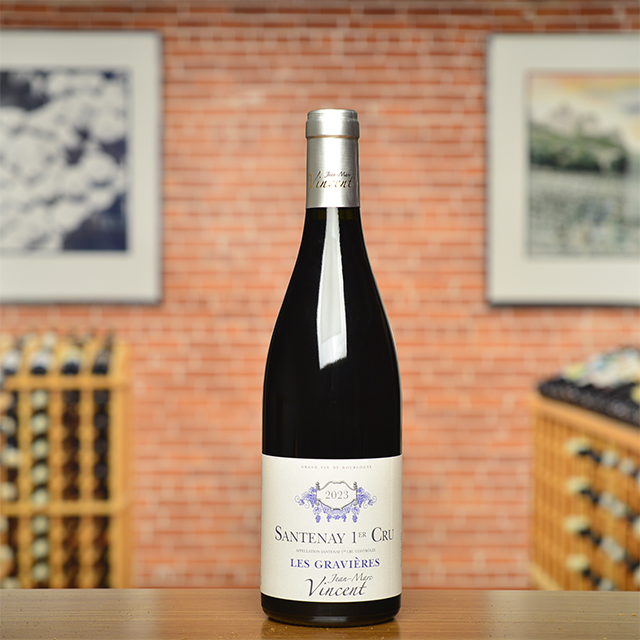Notify me
2011 Canon-Fronsac
B. & G. Hubau
If a fruit-forward Merlot from Bordeaux is what you’re after, keep searching. This chiseled and mature Canon Fronsac will defy your expectations for a few reasons. For one, at fourteen years old, its brambly berry notes are but a memory of its youth. They have evolved and taken on a woodsier sophistication of shady underbrush, violet, and nutmeg. Furthermore, the soil here is atypical for the region. Grapes grow on calcareous hills, not in clay and gravel, which is most common in the Left Bank; that means this bottling leans to the mineral side, with graphite-like tannins. Lastly, in the case of a “natural” Bordeaux like this, the hand of the grower is as important to our understanding of its sense of place as the soil, grape variety, or any other component we use to contextualize a wine. Grégoire and Bénédicte Hubau are boho bon vivants, and the charm and ease they exude in person show up in the glass. I recommend decanting this bottle to allow its supple, generous personality to shine.
—Jane Augustine
| Wine Type: | red |
| Vintage: | 2011 |
| Bottle Size: | 750mL |
| Blend: | Merlot |
| Appellation: | Canon-Fronsac |
| Country: | France |
| Region: | Bordeaux |
| Producer: | Château Moulin Pey-Labrie |
| Winemaker: | Bénédicte & Grégoire Hubau |
| Vineyard: | 65 years avg., 7.63 ha |
| Soil: | Clay, Limestone, Molasse |
| Aging: | 18-month élevage in barriques, 30-50% new |
| Farming: | Organic (practicing) |
| Alcohol: | 13.5% |
More from this Producer or Region

2016 Canon-Fronsac
France | Bordeaux
Divine with lemon and rosemary roasted lamb.

1986 Saint-Julien
France | Bordeaux
**Extremely limited quantities, maximum two bottles per purchase.**

2012 Pomerol
France | Bordeaux
** New Wine Added ** Extremely limited quantities, maximum three bottles per purchase.

2020 Fronsac “Les Piverts”
France | Bordeaux
Made without added sulfur, a transparent reflection of Merlot grown in the limestone and clay of Fronsac

2006 Pomerol
France | Bordeaux
**Extremely limited quantities, maximum three bottles per purchase.**

2023 Sauternes “Esquisse”
France | Bordeaux
This refreshing dessert wine is versatile at table—it works wonders as an apéritif or with cheeses—and can still be cellared for several years.

2023 Sauternes HALF BOTTLE
France | Bordeaux
It is a habit-forming apéritif with or without foie gras.

2023 Saint-Emilion Grand Cru
France | Bordeaux
Crafted from less than two hectares of organic grapes and vinified in a cramped garage, this is silky Saint-Emilion at its most seductive.

2019 Fronsac
France | Bordeaux
There is nothing overdone in this chiseled, elegant cuvée made from organically grown and pampered Merlot.

2020 Bordeaux Sec “Les Clous”
France | Bordeaux
It has the nerve and precision of the Définition cuvée along with additional weight and structure.
About The Producer
Château Moulin Pey-Labrie
About The Region
Bordeaux

Often considered the wine capital of the world, Bordeaux and its wines have captured the minds, hearts, and wallets of wine drinkers for centuries. For many, the wines provide an inalienable benchmark against which all other wines are measured.
Bordeaux is divided into three winegrowing regions with the city that gives the region its name in the near geographical center. The “right bank,” or the area located east of the Dordogne River, produces wines that are predominantly Merlot with small amounts of Cabernet Franc and Cabernet Sauvignon. The “left bank” is located to the west of the Garonne River and produces wines dominated by Cabernet Sauvignon, with Cabernet Franc, Merlot, Malbec and Petit Verdot.
The third region, Entre-Deux-Mers, lies between both rivers and produces white wines from Sauvignon Blanc, Sémillon, and Muscadelle. Though technically in the left bank, it is worth noting the appellation of Sauternes, which produces arguably the world’s most famous sweet wines from Sauvignon Blanc, Sémillon, and Muscadelle as well.
Though many top Bordeaux wines are sold en primeur (in advance of their bottling) and often through a middleman known as a negoçiant, Kermit has always preferred to purchase directly from the winemaker. For more than three decades he has sought out small producers, who make classic Bordeaux wines and are willing to play outside the negoçiant system. This ethic has led to longstanding relationships, excellent prices, and perhaps most important—wines of great value and longevity.
More from Bordeaux or France
2024 Bordeaux Blanc
Château Ducasse France | Bordeaux
2022 Bordeaux Sec “Les Clous”
Domaine de l’Alliance France | Bordeaux
2024 Graves Blanc HALF BOTTLE
Château Graville-Lacoste France | Bordeaux
2023 Sauternes HALF BOTTLE
Château Roûmieu-Lacoste France | Bordeaux
2022 Sauternes
Domaine de l’Alliance France | Bordeaux
2023 Sauternes “Esquisse”
Domaine de l'Alliance France | Bordeaux
2020 Canon Fronsac
Château Moulin France | Bordeaux
2017 Pomerol
Château Gombaude-Guillot France | Bordeaux
2024 Graves Blanc
Château Graville-Lacoste France | Bordeaux
1986 Saint-Julien
Château Gruaud Larose France | Bordeaux
2016 Canon-Fronsac
Château Moulin Pey-Labrie France | Bordeaux
2021 Bordeaux Sec “Les Clous”
Domaine de l'Alliance France | Bordeaux
2024 Bordeaux Blanc
Château Ducasse France | Bordeaux
2022 Bordeaux Sec “Les Clous”
Domaine de l’Alliance France | Bordeaux
2024 Graves Blanc HALF BOTTLE
Château Graville-Lacoste France | Bordeaux
2023 Sauternes HALF BOTTLE
Château Roûmieu-Lacoste France | Bordeaux
2022 Sauternes
Domaine de l’Alliance France | Bordeaux
2023 Sauternes “Esquisse”
Domaine de l'Alliance France | Bordeaux
2020 Canon Fronsac
Château Moulin France | Bordeaux
2017 Pomerol
Château Gombaude-Guillot France | Bordeaux
2024 Graves Blanc
Château Graville-Lacoste France | Bordeaux
1986 Saint-Julien
Château Gruaud Larose France | Bordeaux
2016 Canon-Fronsac
Château Moulin Pey-Labrie France | Bordeaux
2021 Bordeaux Sec “Les Clous”
Domaine de l'Alliance France | Bordeaux
Kermit once said...

Kermit once said...
Great winemakers, great terroirs, there is never any hurry. And I no longer buy into this idea of “peak” maturity. Great winemakers, great terroirs, their wines offer different pleasures at different ages.
Inspiring Thirst, page 312



















